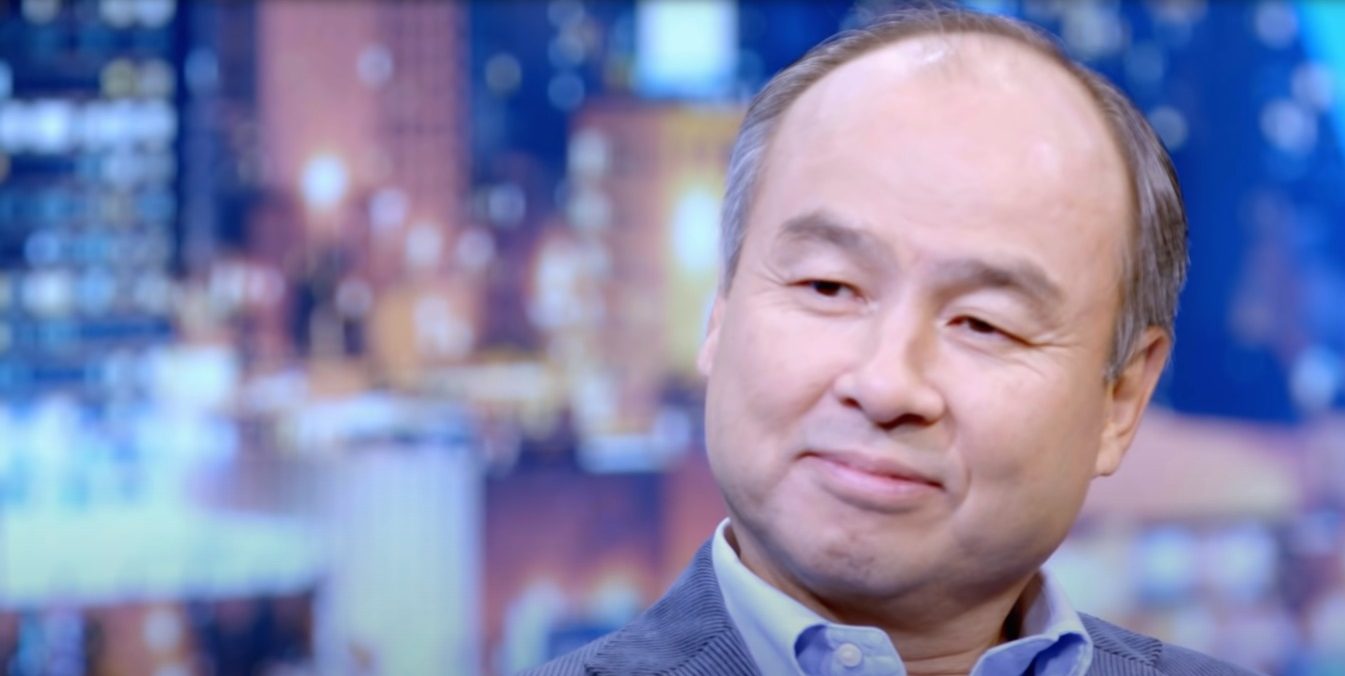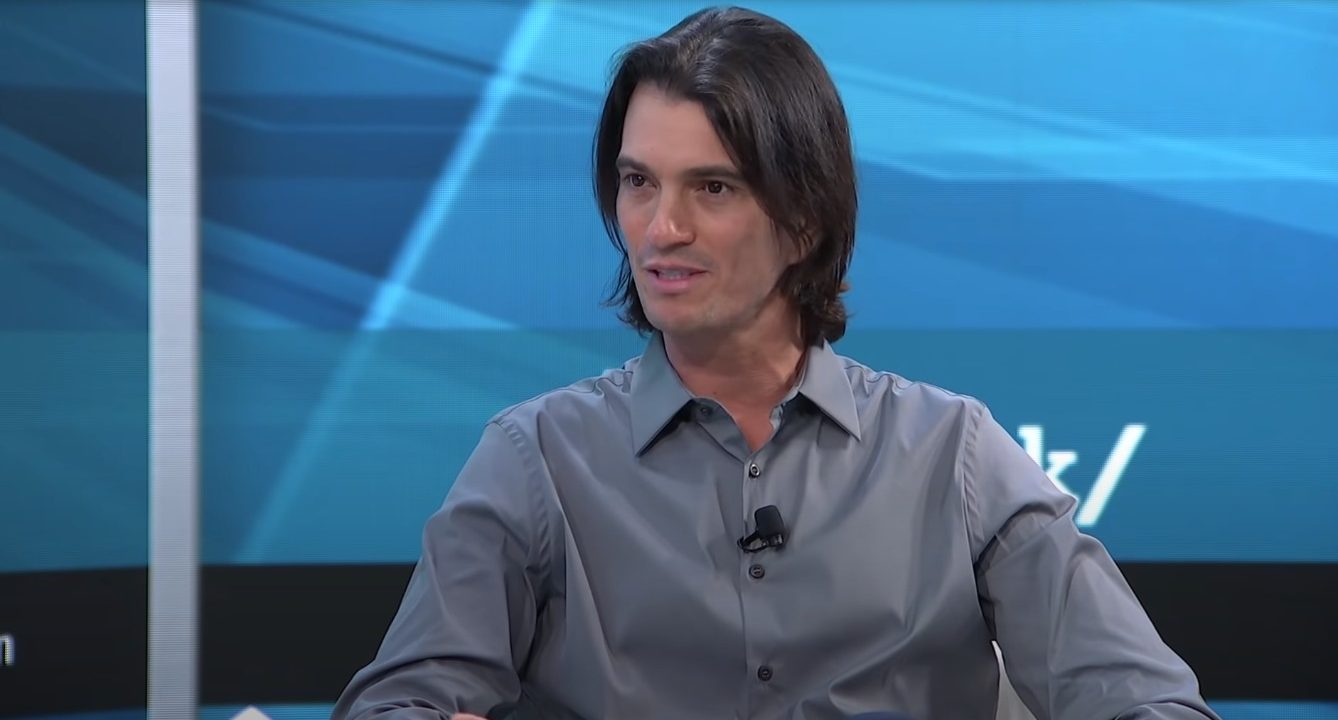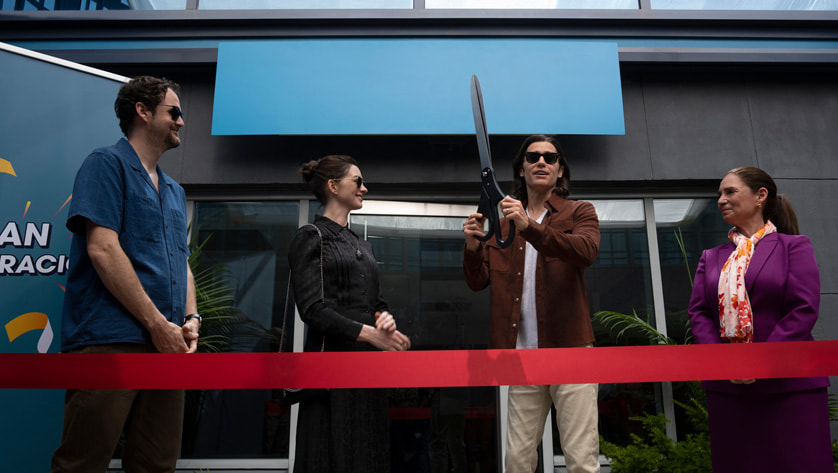‘WeCrashed’ on Apple TV+ follows the meteoric rise and spectacular fall of the shared workspace company WeWork and the tumultuous relationship between founder Adam Neumann and his wife, Rebekah. As the company draws close to a potential public stock market listing, Adam fears scrutiny of his company’s excessive financial transactions.
Episode 6 introduces us to an intriguing deal that the WeWork co-founder and CEO hatches with SoftBank head Masayoshi Son in order to retain control of the shared workspace company. Known as “Project Fortitude,” the deal becomes a crucial turning point in the relationship between the entrepreneur and his investor. Considering much of the series draws from real life, we dug around to see if there was a real deal called Project Fortitude between WeWork and SoftBank.
Was Adam Neumann’s Project Fortitude Real?
Yes, Project Fortitude was an actual agreement that Adam Neumann and Masayoshi Son were working on, though it was more of a “plan” as the deal never actually went through. However, there were multiple rounds of negotiations between Adam and Masayoshi discussing the all-important details of Project Fortitude. This was not SoftBank’s first investment in WeWork but actually far from it.

As part of its $100 billion Vision Fund, the Japanese holding company invested $4.4 billion in WeWork in 2017 (depicted at the end of ‘WeCrashed’ episode 4). The following year, SoftBank put up another $4.25 billion for the shared workspace company, making it one of the most valuable start-ups in the world. In fact, SoftBank’s investments were significantly responsible for WeWork’s astronomical valuation.
Project Fortitude was a way for Adam to retain control of his company while also getting the support of an investor with pockets deep enough to take on highly ambitious strategies. However, there were some hiccups during the deal’s negotiations, and ultimately, Project Fortitude did not go ahead as planned.
What Were the Terms of the Project Fortitude Deal?
The negotiations for Project Fortitude took place across New York, Boston, and Tokyo and went on for weeks. Despite the large sums already invested in WeWork by SoftBank, Adam had some strong demands from the multi-billion dollar deal. Simply put, the deal would’ve reportedly entailed SoftBank raising its investment in WeWork to $10 billion and spending another $10 billion to buy out almost all the other investors except Adam.

Masayoshi also agreed to accept WeWork’s $47 billion valuation — a figure that has since become infamous and also appears in the tag line of Apple TV+’s ‘WeCrashed.’ Despite SoftBank then being a majority stakeholder in the company, one of the points of contention for Project Fortitude was Adam demanding voting control over the company.
Another point that was difficult to swallow was the WeWork co-founder’s demand that SoftBank not invest in any of the company’s competitors. Masayoshi had often bet on multiple companies in a single industry, and being restricted from investing in other real-estate-led businesses because of the deal with WeWork was not a tempting prospect. Ultimately, in December 2018 and following weeks of negotiations, Masayoshi informed Adam that the deal would not be taken forward.
In 2019, — following the abandonment of Project Fortitude — WeWork saw a spectacular crash in valuation and the cancellation of its planned IPO. In a subsequent interview in 2020, Masayoshi admitted to overvaluing WeWork, saying: “We paid too much valuation for WeWork, and we did too much believe in the entrepreneur.”


You must be logged in to post a comment.